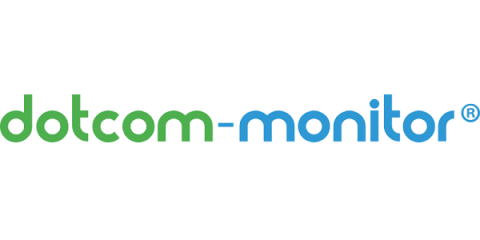The Great Firewall of China: Obstacles to Monitoring Performance
The entire country of China’s internet connectivity is shielded by the Great Firewall (GFW). There are three state-owned ISP providers, China Unicom, China Telecom, and China Mobile, that control internet in China. Essentially, all traffic between China and the rest of the world goes through a few national level and a handful of core level access points in different regions.


